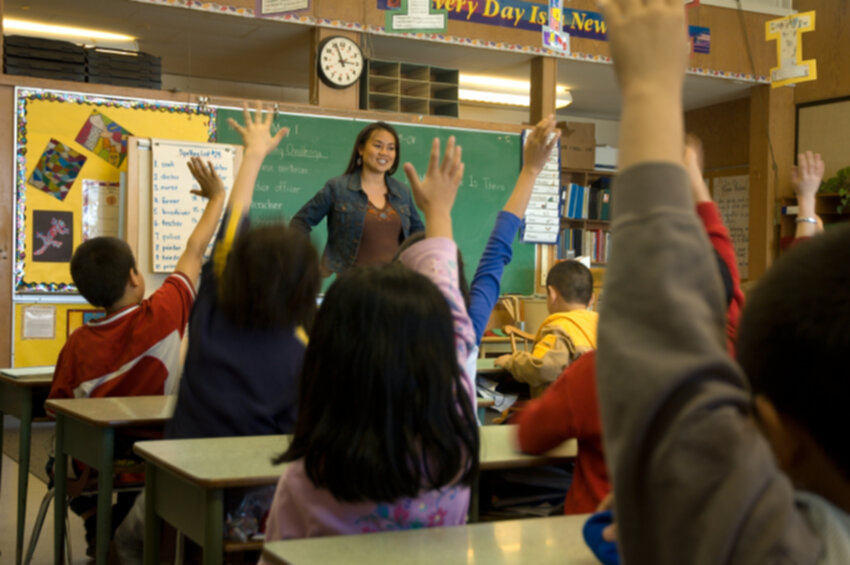Six Quick Teaching Tools for Today’s Multicultural Classroom 

Multicultural education is more than just celebrating Cinco de Mayo with tacos and pinatas or reading the latest biography of Martin Luther King Jr, says the article “Multicultural Education in Your Classroom” in regards to six quick teaching tools for today’s multicultural classroom. It should be thought of as more of a set of strategies aimed to address the diverse challenges experienced by rapidly changing U.S. demographics, it says. Basically, it’s a shift of thinking from the balance of power and privilege within the education system in this country, the article states.
Another article called “Teaching in Racially Diverse College Classrooms” by Harvard University specifies four terrific teaching tools for today’s multicultural classroom. It says:
1) To design classroom instruction and materials with a diverse group of students in mind, and to make sure and consider how all students will experience the syllabus, always adjusting it when it only speaks to the majority.
2) Design opportunities for students to interact with each other in respectful and meaningful ways.
3) Create opportunities to get to know students on an individual/personal basis.
4) Activate student voices.
The article also says to let students know from the very beginning that their thoughts have a place in the classroom because each offers unique perspectives. It also says that teachers should avoid creating situations where students are placed in the uncomfortable position of feeling the need to be representatives of their race.
Two additional multicultural teaching tools from the Edutopia article “Creating an Anti-Racist Classroom” encourages teachers to:
5) Seek out established community organizations.
It says that more often than not, there are great cultural, religious, educational and youth development organizations near schools that are eagerly looking for ways to connect their work to students. The article also says that community engagement is excellent for helping to break down barriers and dispel stereotypes while providing lots of opportunities for students to celebrate all the good things that come from their communities.
6) Read!
Edutopia says it’s not only important for students to read but teachers, too.
In essence, educators should be working on developing a new level of consciousness towards how their everyday behaviors around race impact the ability of their students to thrive; reading various multicultural literature, the article says, is one way to raise teachers and students’ consciousness.
Teachers are powerful change agents, Edutopia adds. Understanding the influence that educators have, they have the responsibility of seeking out resources, books and professional development opportunities to strengthen their capacity to effectively educate their students.
Award-winning literacy programs such as those offered by The Latino Family Literacy Project are one of the best ways to connect with Latino English language learners (ELLs). Using Spanish and English bilingual, children’s books offered by its sister company, Lectura Books, these parental involvement programs provide teachers and parents with the necessary multicultural tools to create schools where Latino students have the opportunity to become skilled readers and writers of the English language.
Designed to establish family reading routines for Spanish- and English-speaking parents and their children, The Latino Family Literacy Project introduces teachers to a language acquisition method and a step-by-step literacy instruction process. It involves family reading, vocabulary development, and English-language development for Latino parents and their children for improved academic success. For more information, please contact The Latino Family Literacy Project or Lectura Books.
